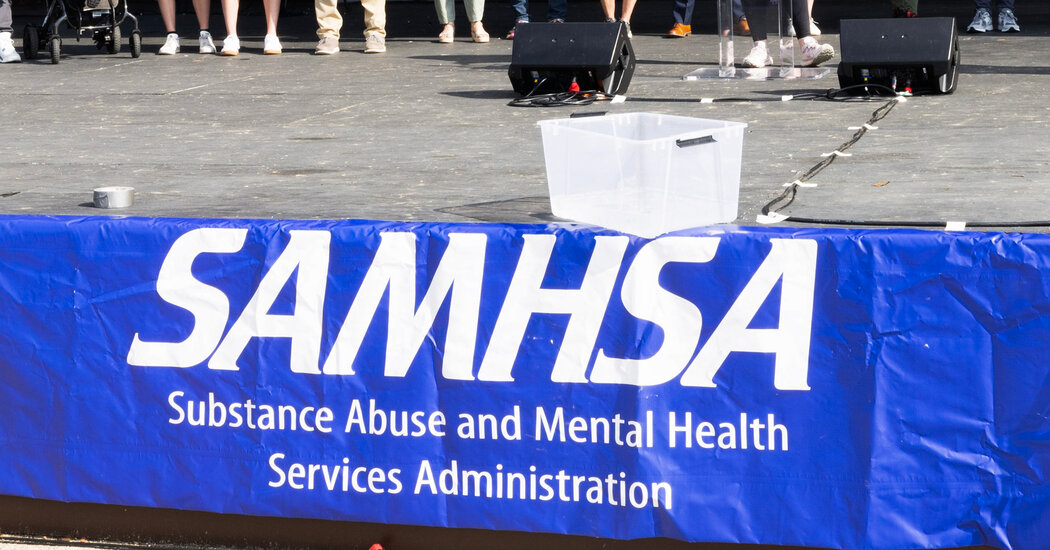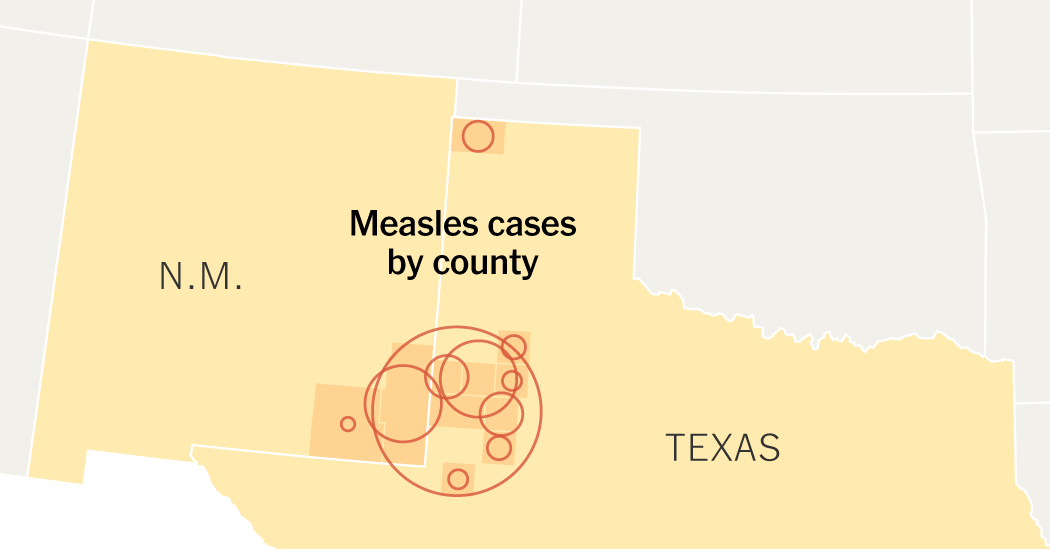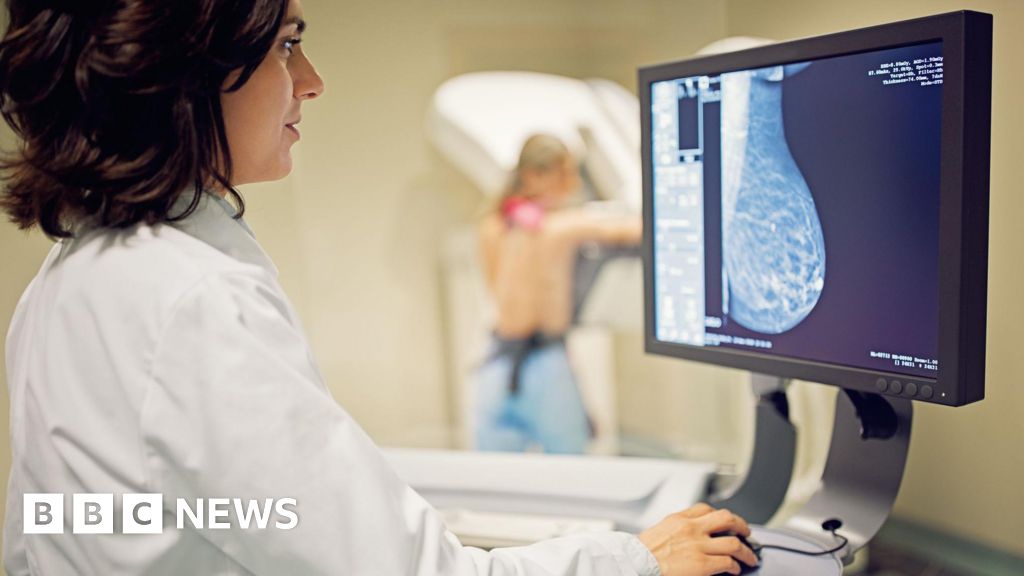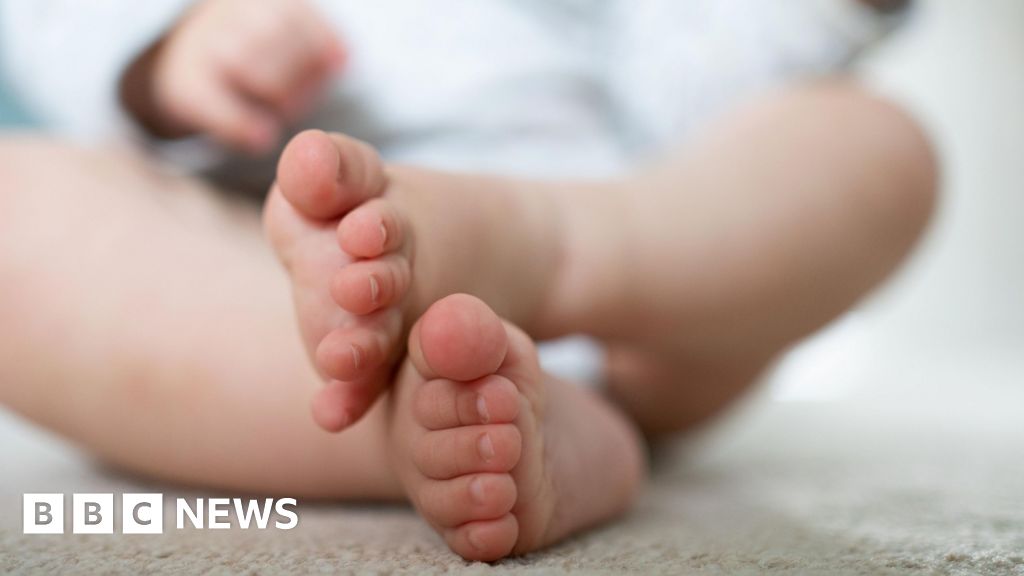Federal Agency Dedicated to Mental Illness and Addiction Faces Huge Cuts
The Substance Abuse and Mental Health Services Administration has already closed offices and could see staff numbers reduced by 50 percent.Every day, Dora Dantzler-Wright and her colleagues distribute overdose reversal drugs on the streets of Chicago. They hold training sessions on using them and help people in recovery from drug and alcohol addiction return to their jobs and families.They work closely with the federal government through an agency that monitors their productivity, connects them with other like-minded groups and dispenses critical funds that keep their work going.But over the last few weeks, Ms. Wright’s phone calls and emails to Washington have gone unanswered. Federal advisers from the agency’s local office — who supervise her group, the Chicago Recovering Communities Coalition, as well as addiction programs throughout six Midwestern states and 34 tribes — are gone.“We just continue to do the work without any updates from the feds at all,” Ms. Wright said. “But we’re lost.”By the end of this week, the staff of the agency, the Substance Abuse and Mental Health Services Administration, could be cut by 50 percent, according to senior staff members at the agency and congressional aides who attended briefings by Trump officials.With just under 900 employees and a budget of $7.2 billion for large state grants and individual nonprofits that address addiction and mental illness, SAMHSA (pronounced SAM-sah) is relatively small. But it addresses two of the nation’s most urgent health problems and has generally had bipartisan support.We are having trouble retrieving the article content.Please enable JavaScript in your browser settings.Thank you for your patience while we verify access. If you are in Reader mode please exit and log into your Times account, or subscribe for all of The Times.Thank you for your patience while we verify access.Already a subscriber? Log in.Want all of The Times? Subscribe.
Read more →






